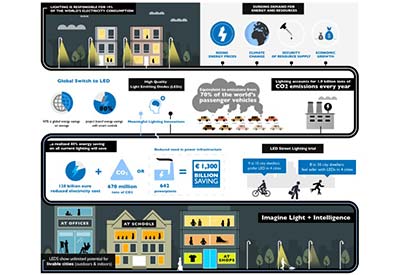International Partnership Advances Nova Scotia’s Tidal Industry

Nova Scotia is advancing its leadership position in the tidal energy industry with two new international research grants.
The two projects, worth $1.43 million, will help governments, industry and researchers better understand the effect tidal technology has on the marine environment, and the impact of the marine environment on that technology.
This is the first announcement under the memorandum of understanding signed between the government, Offshore Energy Research Association and the United Kingdom.
“Canada and the United Kingdom are recognized leaders in marine renewable energy, and ongoing investments in tidal research spur innovation and development in both countries,” said Energy Minister Michel Samson. “These projects are an example of how partners from around the world are coming together to better understand the opportunity in our oceans and how to harness their power — safely, effectively and in an environmentally responsible way.”
The projects have been selected for funding through a partnership between the Offshore Energy Research Association, a Nova Scotia based not-for-profit research group, and Innovate UK, a government-funded business and innovation organization.
“Collaboration is a critical element in fostering the growth and development of a global tidal energy industry,” said Stephen Dempsey, executive director, Offshore Energy Research Association. “The efforts of Innovate UK and the association in supporting these two important research projects will not only have lasting commercial benefits, but will also make important contributions in technical know-how, helping build this industry on both sides of the Atlantic.”
The first project is led by British Columbia-based Rockland Scientific, in partnership with Dalhousie University and Black Rock Tidal Power, along with United Kingdom-based FloWave TT, European Marine Energy Centre and Ocean Array Systems.
Research partners will develop new sensor systems to measure turbulence, which allows developers to design and deploy technology that performs better in strong tides and currents.
The research will be carried out in both Canadian and United Kingdom waters, including at the Fundy Ocean Research Center for Energy in the Bay of Fundy. Testing will also be conducted at the University of Edinburgh’s FloWave Ocean Energy Research Facility and at the European Marine Energy Centre in Scotland’s Orkney Islands.
This is the first EUREKA-designated research project carried out in Nova Scotia.
“Innovate UK is pleased to be working alongside Offshore Energy Research Association on this effort, as it sees Nova Scotia as a growing and large potential market for tidal energy, making this a good opportunity for United Kingdom companies to gain exposure to that market,” said Rob Saunders, head of energy, Innovate UK. “We believe that faster progress will be made by combining the expertise, knowledge and experience to tackle common problems.”
The second project is led by Nova Scotia-based Emera in partnership with OpenHydro Canada, Ocean Sonics, SMRU Consulting Canada and Acadia University, along with United Kingdom-based Tritech and Sea Mammal Research Unit. This project will improve the tracking of fish and marine mammals in the Bay of Fundy.
The system will be used at the Cape Sharp Tidal berth at the Fundy Ocean Research Center for Energy, gathering information to assess the impact of its turbine on marine life.
Offshore Energy Research Association’s investment of $500,000 represents Nova Scotia’s contribution to these projects.
Innovate UK is contributing $331,000, with remaining funding being provided by federal government agencies and private industry in both Canada and the United Kingdom.

















